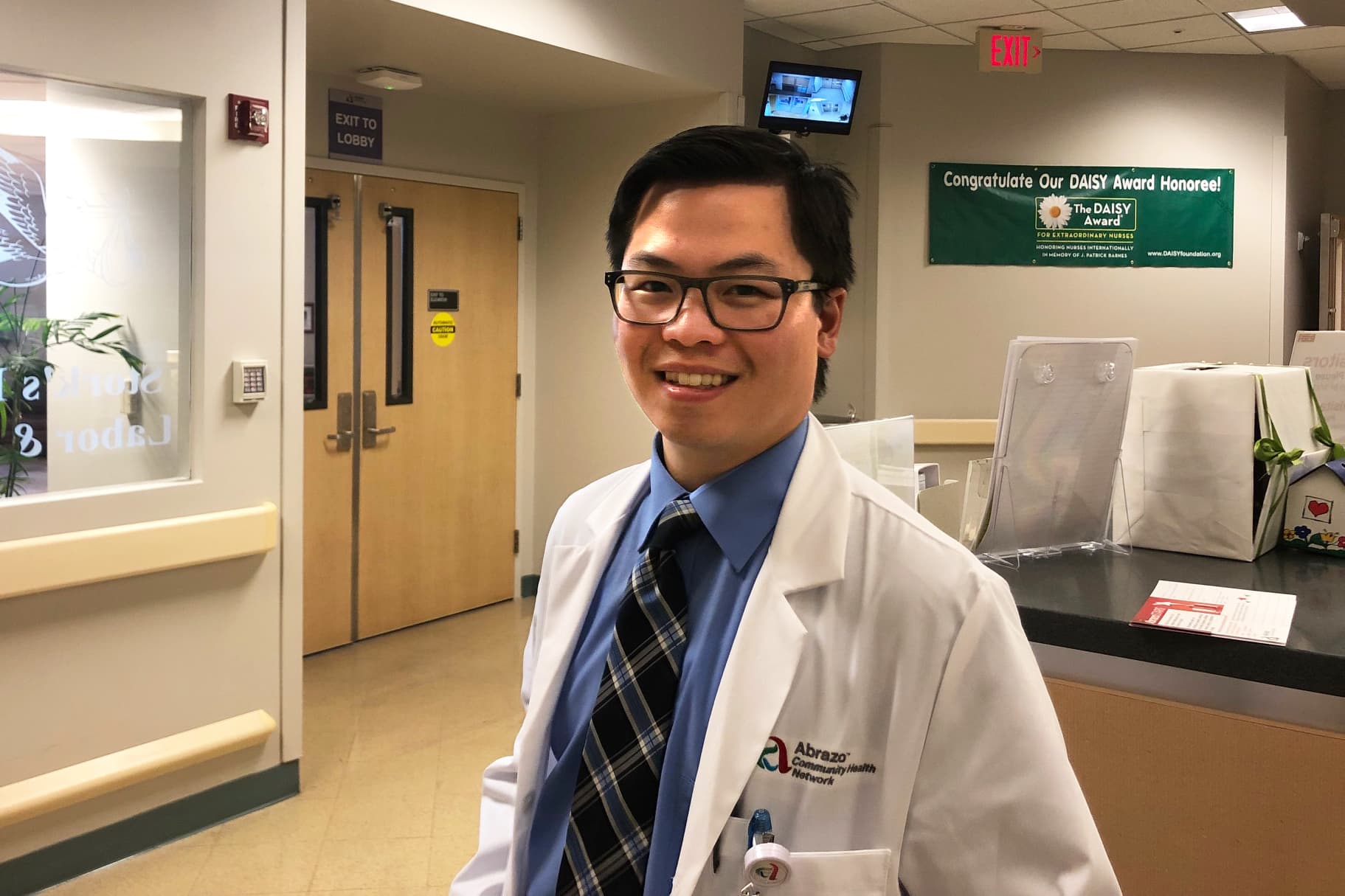America's aging population is leading to a doctor shortage crisis

MESA, Ariz. — As America's population ages and demand outpaces supply, a physician shortage is intensifying.
Projections from the Association of American Medical Colleges say the U.S. will see a shortage of 46,900 to 121,900 physicians by 2032 in primary and specialty care.
The aging of America's population is slicing the health-care industry in multiple ways. Americans are living longer and seemingly healthier lives — and requiring more care later into life. What's more, one-third of all doctors currently working will be older than 65 in the next decade, and retirements may squeeze supply.
"We know older patients use two-to-three times as many medical services as younger patients, and the number of people over age 65 will increase by almost 50%, just in the next 10 to 15 years alone," said Dr. Atul Grover, the association's executive vice president. "We need positions across the board in just about every specialty and location … but about half of those physicians needed will be in primary care."
The need for physicians is felt more intensely in some states and localities than others. Arizona is facing shortages of primary-care physicians in all counties, and the issue is worse in rural areas, meeting under half of primary care needs. The state ranks 44th of 50 for total active primary caregivers at 77.9 per 100,000 population. The U.S. is 91.7 per 100,000. The issue is troublesome because Arizona has the fourth-fastest population growth. Right now, the state needs just under 600 primary caregivers, a number that will grow to nearly 2,000 by the year 2030, according to a report from the University of Arizona.
Dr. Christopher Lew is a first year resident at the Abrazo Health hospital system in the greater Phoenix area of Arizona.
Kate Rogers | CNBC
Abrazo Health, a Phoenix-based hospital and emergency-care network, recently launched two new graduate medical education programs in the Phoenix area, with its first class of internal medicine and general surgery residents starting rotations. This is in addition to a family residency program the company already runs. The hope is that the increased number of residencies will attract more physicians to the state to ease the doctor shortage.
"What we know from looking at the data across the country is that about 50% of trainees tend to remain in the place where they train," said Abrazo's Dr. Akil Loli. "And it is our belief that by training them well, by providing a very good educational environment, ... we will be able to retain them in this community to serve our growing population."
Dr. Christopher Lew, 29, is one of the hospital's new residents in internal medicine, just two months into the program. He decided he'd like to be a doctor as a Mormon missionary, listening to elderly members talk about their ailing health. Today he's helping the aging population in Phoenix, the nation's fastest-growing city.
"The most rewarding part is seeing patients progress — most of them leave better than how they came in," Lew said.
Easing the doctor shortage
Another way Arizona is hoping to help ease the shortage is by changing licensing laws. Republican Gov. Doug Ducey recently signed a Universal Licensing Recognition law that makes it easier for people licensed in other states to move to Arizona and gain similar accreditation. The measure is the first of its kind in the nation and impacts licensed occupations that range from barbers to physicians. Overall, 30% of occupations require a state-issued license.
"We think in terms of the doctor shortage, this is one tool in the toolbox," Ducey said. "We've also had a lot of positive feedback in terms of aspiring nurses and what we've been able to do to waive licensing fees for those in poverty or at a certain income level."
While changes in licensing laws may help in the state, the medical college association says a multilayered approach that includes team-based care and better use of technology can also help to fill the gap in physicians nationwide. But more broadly the association said the number of residency programs needs to increase. The group supports congressional efforts that would lift the cap on and increase Medicare funding for residency training programs, thus increasing residency slots as hospital costs decrease.
Residency training typically lasts three to five years but can be more than a decade, depending on specialty training, after graduating from medical school. Arizona has increased its investment in graduate medical education to help fill the physician gap as well, Ducey said.
"The biggest factor that is limiting their increase right now is a lack of federal support for the government's share of training costs," Grover said. "Medical schools have done their part over the last 15 years by expanding enrollment by almost 30%. The challenge is that none of those physicians can actually go out and practice in their communities."
No comments